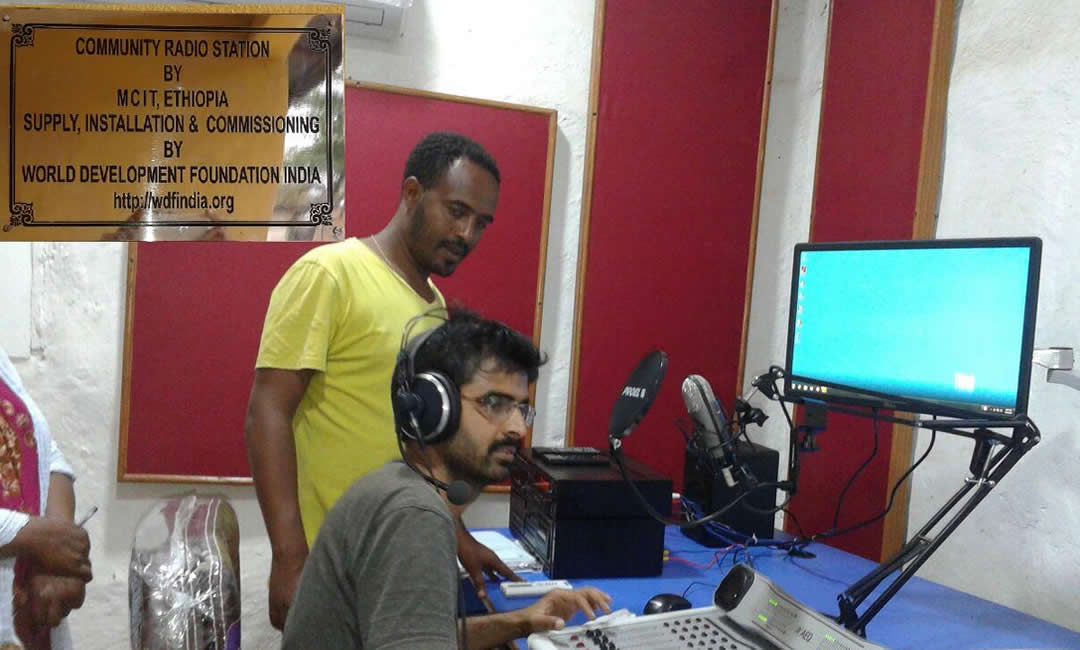East Africa’s plan to have a single currency appears to be over. Business Insider reports that the plan has collapsed after “key deadlines have been missed.” Full compliance is still five years away, but it seems a foregone conclusion that it will not be met.
The biggest miss
Among these missed deadlines, one stands out. That is the inability of the East Africa Community (EAC) to establish the East African Monetary Institute (EAMI). The EAMI is the most important institution in this plan and should have been set up in 2015. It would be the region’s central bank and would have been in charge of developing East Africa’s own currency.
Salvaging the plan will hinge on finally setting up the EAMI. “I think the first thing to do is to set up the East African Monetary Institute then we take it from there in terms of making the necessary progress,” said Adan Mohamed, Kenya’s Cabinet Secretary in-charge of EAC Affairs. But the establishment of the EAMI might be moot, given the 2024 final deadline. Even with the EAMI set up, member countries will still have to meet the following macroeconomic benchmarks:
a. Debt-to-gross domestic product (GDP) ratio of 50%
b. Fiscal deficit that is 3% of the GDP
c. Overall inflation of 8%
d. Forex reserves equivalent to 4.5 months of import cover
Working on a revised timeline
In November 2013, the EAC Monetary Union was formally launched. This union laid out a 10-year plan to establish a single currency for the region. But the EAC has fallen way behind schedule. Nevertheless, member states are not giving up. Aware of the looming 2024 deadline, the East African heads of state have agreed to restart discussions on reworking the timeline. Doing so will buy time for the EAC Monetary Union to establish the EAMI, and for the member states to meet the aforementioned macroeconomic benchmarks. Kenya, for instance, began tightening its deficit in 2015. The move was initiated by Kenyan Finance Minister Henry Rotich, and aims to cut the country’s budget deficit to stabilize the Kenyan shilling. Other East African countries might have to do the same to meet the above benchmarks, if and when the EAMI finally gets established.
A single currency equals opportunity
The continuing effort of the EAC Monetary Union is the right thing to do given the benefits of having a single currency. A good example of this is the European Union’s adoption of the euro. The EU’s website details that the euro was created because it was advantageous compared to countries having their own currencies. Among the benefits of having a single currency are stable prices for consumers, economic stability and growth, and more opportunities for businesses.
Having a single currency also ensures seamless integration with the world’s financial markets. Evidence of this is the euro’s status as one of the world’s leading trade and investment currencies. FXCM lists the euro as one of the most widely traded currencies with strong parings with the USD and GPD. This underscores how the euro is enjoying a leading role in global financial markets, alongside the U.S. dollar and the UK pound. That is not to say that an East African currency will automatically be level with any of those three. But actually having one currency for the region is a start.
A sliver of hope
East Africa’s plan of having a single currency may have collapsed. But it is not completely dead. It can still be saved, and reworking the timeline is a step in the right direction. If anything East Africa can take heart in the experience of West Africa, whose own plan for a single currency was postponed numerous times. But now the region is on the verge of having the ECO, the West African equivalent of the euro. It was supposed to be rolled out in 2000, but the launch kept getting pushed back.
The same seems to be happening to East Africa’s own single currency plan. But if the EAC remains persistent, their plan to have an East African currency might still materialize, though not in 2024 as originally planned.







